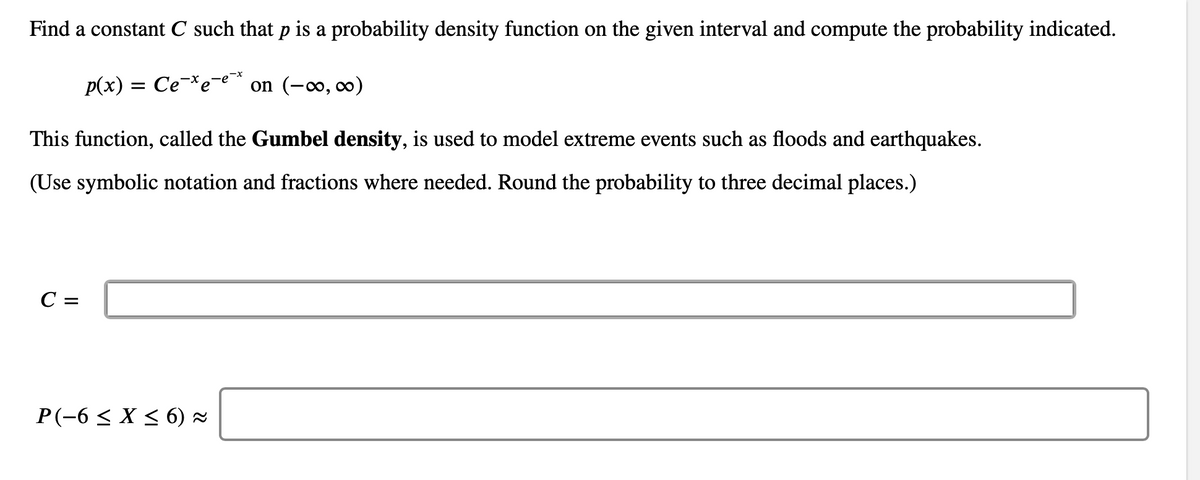Use the appropriate limit laws and theorems to determine the limit of the sequence. *(1 -) An = tan- (Use symbolic notation and fractions where needed. Enter DNE if the sequence diverges.) lim an = n-00
Use the appropriate limit laws and theorems to determine the limit of the sequence. *(1 -) An = tan- (Use symbolic notation and fractions where needed. Enter DNE if the sequence diverges.) lim an = n-00
Functions and Change: A Modeling Approach to College Algebra (MindTap Course List)
6th Edition
ISBN:9781337111348
Author:Bruce Crauder, Benny Evans, Alan Noell
Publisher:Bruce Crauder, Benny Evans, Alan Noell
Chapter1: Functions
Section1.2: Functions Given By Tables
Problem 11E: A Troublesome Snowball One winter afternoon, unbeknownst to his mom, a child bring a snowball into...
Related questions
Topic Video
Question

Transcribed Image Text:Use the appropriate limit laws and theorems to determine the limit of the sequence.
(1-)
3
аn 3 tan
(Use symbolic notation and fractions where needed. Enter DNE if the sequence diverges.)
lim an =

Transcribed Image Text:Find a constant C such that p is a probability density function on the given interval and compute the probability indicated.
p(x) = Ce¯*e¯e* on (-∞, ∞)
This function, called the Gumbel density, is used to model extreme events such as floods and earthquakes.
(Use symbolic notation and fractions where needed. Round the probability to three decimal places.)
C =
P(-6 < X < 6) -
Expert Solution
This question has been solved!
Explore an expertly crafted, step-by-step solution for a thorough understanding of key concepts.
This is a popular solution!
Trending now
This is a popular solution!
Step by step
Solved in 2 steps

Knowledge Booster
Learn more about
Need a deep-dive on the concept behind this application? Look no further. Learn more about this topic, calculus and related others by exploring similar questions and additional content below.Recommended textbooks for you

Functions and Change: A Modeling Approach to Coll…
Algebra
ISBN:
9781337111348
Author:
Bruce Crauder, Benny Evans, Alan Noell
Publisher:
Cengage Learning

Functions and Change: A Modeling Approach to Coll…
Algebra
ISBN:
9781337111348
Author:
Bruce Crauder, Benny Evans, Alan Noell
Publisher:
Cengage Learning